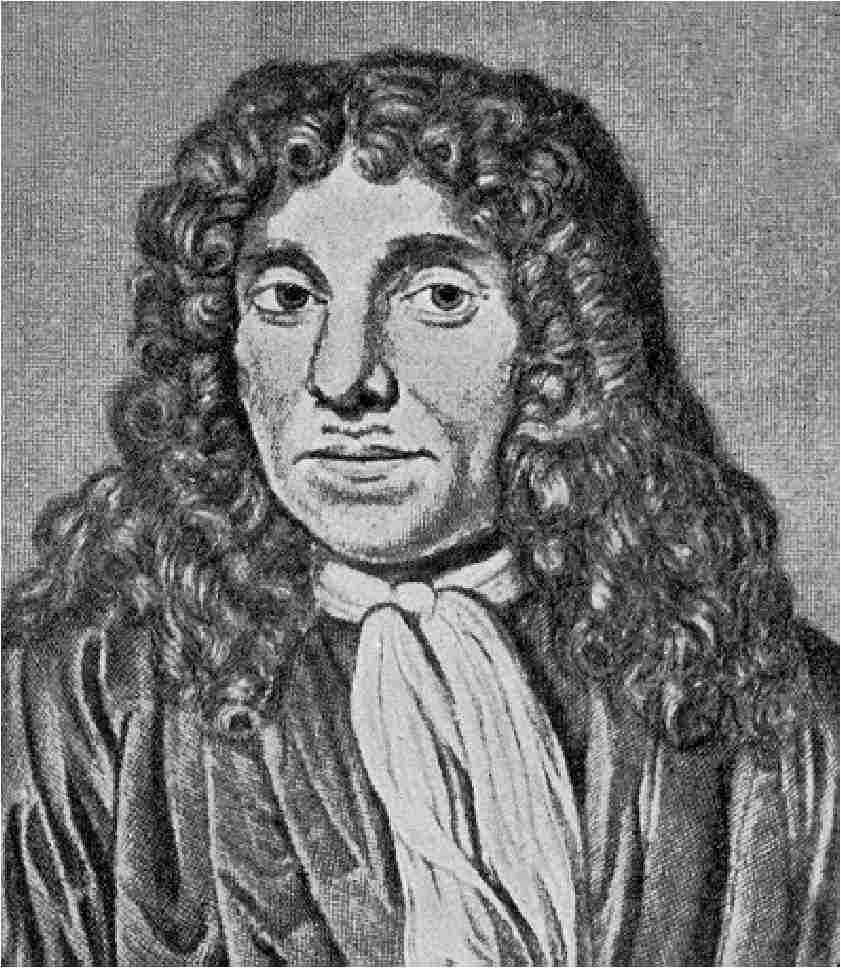Archive for Sexology
 Early Modern Times
|
|
In Tunisia, Sheikh Nefzawi writes an Arabic love manual, "The
Perfumed Garden", which resembles the "Kama Sutra", but is more
detailed. The part of the book dealing with homosexual love is later
suppressed and is now lost. |
|
|
|
Italy is the birthplace of modern scientific anatomy.
Leonardo da Vinci conducts anatomical studies by dissecting corpses,
being one of the first to do so. He draws and describes some internal sex
organs, coitus, and pregnancy. |
|
|
|
Andreas Vesalius publishes the first exact human anatomy. Later
anatomists continue the work and make new discoveries regarding the
internal sex organs: |
|
|
|
Gabriele Fallopio describes the oviducts (Fallopian tubes), Regnier de
Graaf the Graafian follicles and female ejaculation, Caspar Berthelsen
(Bartholinus): Bartholin's glands, William Cowper: Cowper's glands. |
|
|
|
Toward the end of the 16th century, the courtier Pierre de Bourdeille,
Abbé de Brantome, writes his "Life of the Fair and Gallant Ladies", a
literary memoir containing many entertaining 'case histories' of sexual
behavior. |
|
|
|
In 1642 the physician J.B. Sinibaldus publishes his "Genanthropoeia" in
Rome. It is a comprehensive textbook dealing with anatomy and erotic
stimulation. |
|
|
|
In 1677 Anton van Leeuwenhoek sees, for the first time, the human sperm
cell under the microscope. |

|
page up back to services
back to services
 Note: Our directories depend on the input of interested readers. For corrections,
additions, and suggestions, please contact: HaeberleE@web.de Note: Our directories depend on the input of interested readers. For corrections,
additions, and suggestions, please contact: HaeberleE@web.de
|